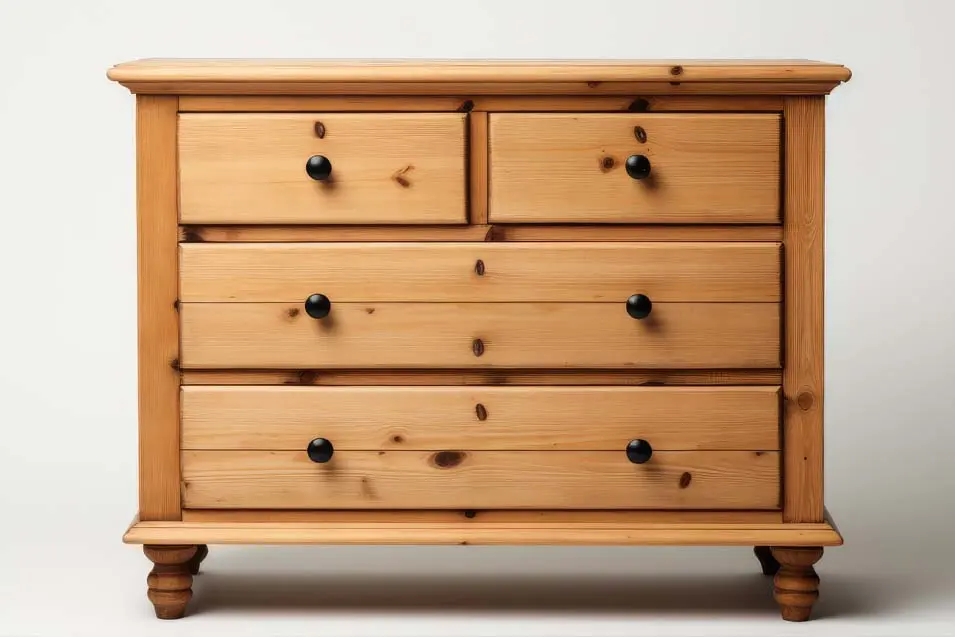Choosing unfinished furniture offers numerous advantages that often outweigh the drawbacks. Its primary appeal lies in the ability to personalize, but there are also hidden benefits that make it a smart choice for many.
Finding the perfect piece of furniture can be frustrating. You spot a piece with ideal size, design, and craftsmanship, but the finish—too light, too dark, or not quite the cherry stain you envisioned—falls short. Instead of buying a finished piece and paying to refinish it, consider unfinished furniture. Finished pieces are typically pricier, and refinishing adds significant costs, often doubling or tripling the expense compared to purchasing an unfinished piece and customizing it yourself.
Many opt for finished furniture because it’s what society expects in our fast-paced world. We’re conditioned to buy ready-made items, bring them home, or have them delivered, ready to use. Unfinished furniture, however, requires effort before it finds its place in your home, which is precisely where its value lies.
Crafting a Personal Touch
The work involved in finishing furniture is one of its greatest strengths. Sanding and staining a piece yourself infuses it with personal significance, creating a unique item that reflects your vision. This process, even for those who don’t consider themselves crafty, is accessible and rewarding. Finishing furniture can spark an engaging, sometimes profitable hobby, offering a sense of accomplishment and pride in stepping away from the rush of modern life.
In a world driven by instant gratification, choosing unfinished furniture allows you to reconnect with the simple joy of creation. Holding a brush in hand and bringing a vision to life counters the pull of technological convenience, fostering artistic expression. Whether it becomes a lifelong passion or a one-time project, finishing furniture is an approachable entry point.
Practical Advantages of Unfinished Furniture
Beyond creativity, unfinished furniture offers practical benefits. Its bare state reveals the wood’s true condition, exposing flaws like cracks or knots that manufacturers might conceal in finished pieces with putty or sanding. This transparency allows for closer inspection, ensuring the wood’s integrity and quality.
Shopping for unfinished furniture often means dealing with smaller, specialized stores that provide superior service compared to large chains. Knowledgeable staff can guide your selection, answer questions, and offer support if issues arise, making the experience educational and enjoyable. While the initial effort of finishing may seem daunting, the cost savings, creative control, and pride in crafting a one-of-a-kind piece make unfinished furniture a worthwhile investment for your home.





